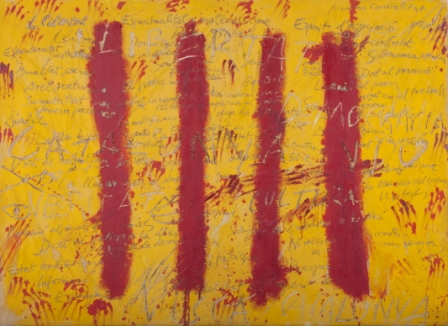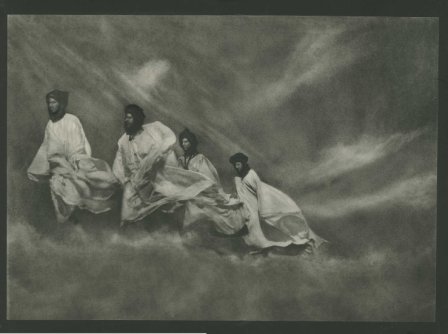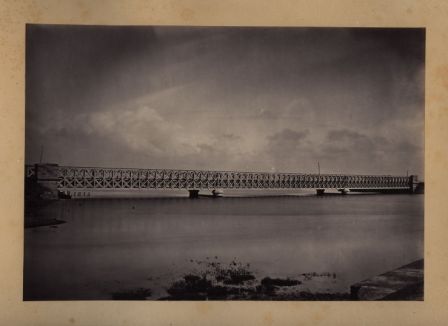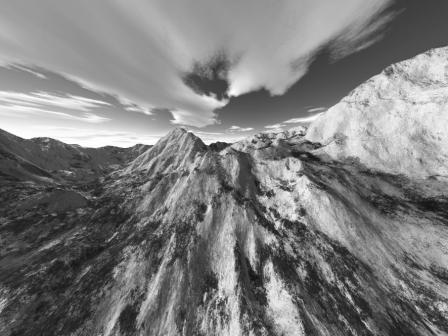11 March
lecture series
DISSEMINATION AND COMMUNICATION OF CULTURAL HERITAGE
Heritage from a university museum
Mr. Jaime García del Barrio
Director General of the Museum of the University of Navarra
The Museum's project was born in the context of the goal promotion of the Humanities at the University of Navarra.
In 2008, the donation of an important art collection by María Josefa Huarte Beaumont launched the museum's project . Through her generosity, she donated fifty paintings and sculptures by renowned artists such as Rothko, Picasso, Kandinsky, Oteiza and Tàpies to the University. The daughter of the Navarrese businessman and politician Félix Huarte agrees with the University that her donation will be placed at the service of society in a building constructed by Rafael Moneo and located at campus of the University of Navarre.

Mark Rothko, Without degree scroll, 1969
University of Navarra Museum

Antoni Tàpies, L'Esperit català, 1971
Museum of the University of Navarra

Pablo Palazuelo, El issue y las aguas, 1978
Museum of the University of Navarra
Likewise, the photographic collection, which has been developing since the donation in 1992 of the work and collection of the photographer José Ortiz-Echagüe, is the first bequest that the University of Navarra began to manage and which has been growing over the years. Today, the collection has more than 14,000 photographs and 100,000 negatives from the 19th century to the present day, making it possibly the most important collection of photography in Spain. With authors such as Clifford, Laurent, Lecrerq, Capa, Beaucorps, and contemporaries such as Cohen, Bleda, Rosa and Fontcuberta, among others. It covers early photography from the 19th century to the present day, with artists from Spain and abroad, but focusing on Spain.

José Ortiz-Echagüe, Sirocco el Sahara, 1965
Museum of the University of Navarra

Jean Laurent, Bridge over the Guadalete, Railway from Seville to Cadiz, 1867
Museum of the University of Navarre

Joan Fontcuberta, Orogenesis, 2004
Museum of the University of Navarra
The museum model is inspired by other successful American and English universities, such as Yale, Oxford, Harvard and Princeton. These institutions seek to place their legacies and collections at the service of society in order to bring art closer to the public and to provoke cultural and interdisciplinary exchanges between their university community and the general public.
The University Museum of Navarre joins this model educational and cultural and bases its mission statement on research, teaching and dissemination. These three pillars have been the cornerstones of the University of Navarra's educational programme since its foundation. And the creation of an artistic centre that integrates these notes constitutes one of the most ambitious projects that an academic institution can develop.
Through research, the Museum will be characterised by a multidisciplinary approach to art in accompaniment of the artist. Being born in the heart of an academic centre, it will be surrounded by a multitude of areas of knowledge, giving rise to research based on synergies. The University of Navarra Museum seeks points of meeting between art and the different Schools, Departments and schools, and represents a new centre of reference letter for the University and its environment.
Its vocation professor allows it to forge a new channel training for the university community, as it will improve the quality of education in the classrooms and help to expand art in all the Schools and in the university life of the students. As a centre for contemporary visual culture, it will refine and broaden the cultural, artistic and academic horizons of the University of Navarra.
In addition, with its exhibitions, public programmes, educational workshops and extensive performing arts programme, the Museum will participate in a dialogue between its own artistic activity and the cultural and creative life of Navarre, Spain and the rest of the world.
It is conceived as a unifying space, an artistic platform that must promote the role of art in university life and in the city of Pamplona in order to become an emblematic space for communication with the public.
These objectives are given quotation in a space designed by the Tudela architect Rafael Moneo, the only Spaniard award Pritzker. Defined by himself as his most abstract building, it has 11,000 m2 of usable space, distributed over three floors. The building gives great prominence to concrete, wood and alabaster. In addition, the building houses a 700-seat theatre with the purpose to host the performing arts programme -always connected with the rest-, which includes music, dance and theatre. The union of the plastic and performing arts, in harmony with all the programming and activity, will also be one of the distinguishing features of this initiative.
